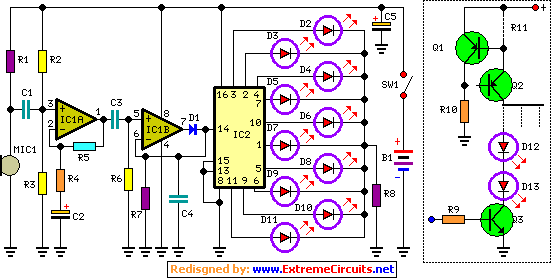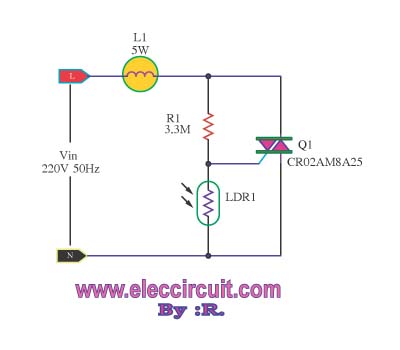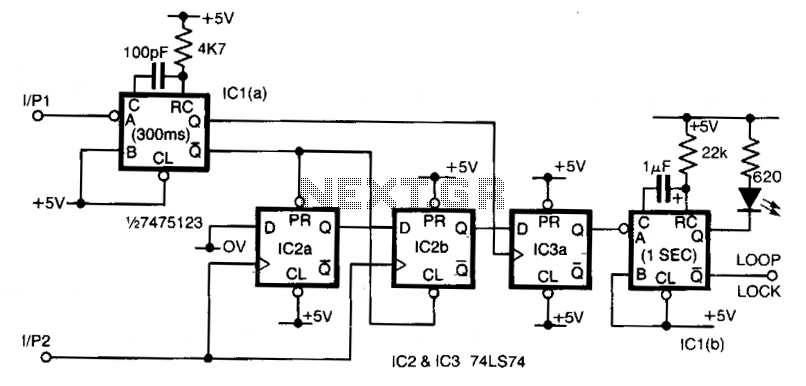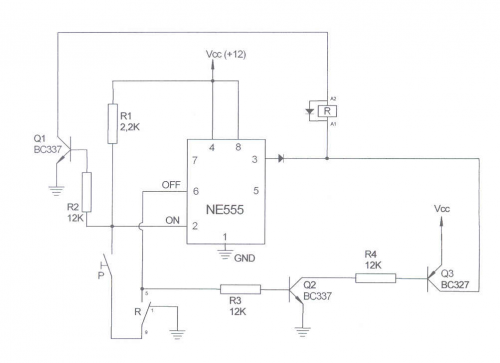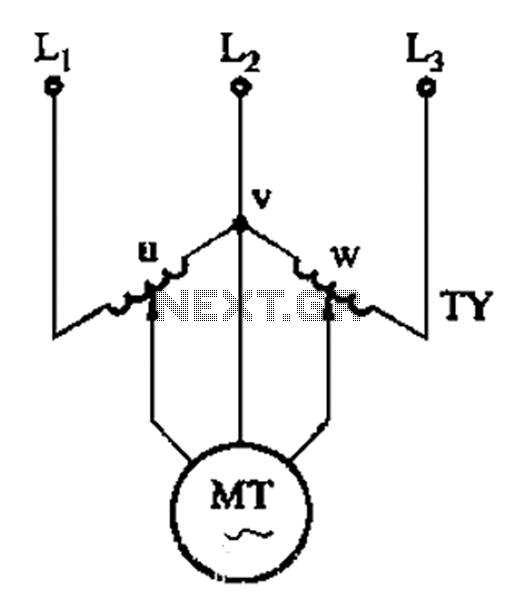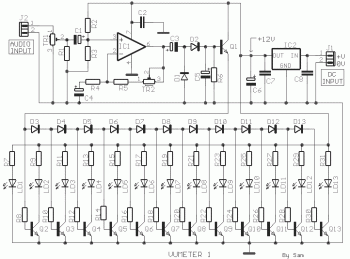
INA155 156 input current protection circuit diagram
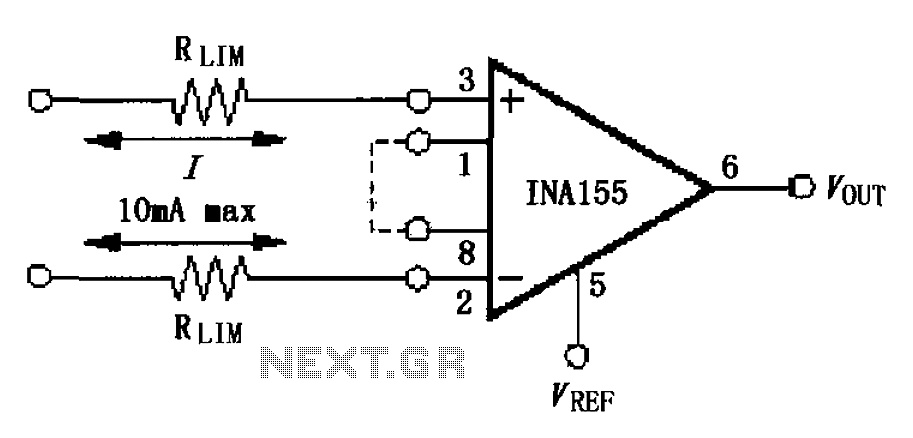
The input current protection circuit is illustrated in FIG, utilizing INA155/156. The INA155 features internal electrostatic discharge (ESD) protection diodes that become active when the input voltage exceeds the supply voltage by 500mV. In this scenario, the protection diodes will conduct, and the resistor RLIM will limit the input current to a maximum of 10mA, serving a critical role in the protection circuit. The input signal itself also has a limiting function, and during this time, the flow resistance RLIM may not be effective.
The INA155 and INA156 integrated circuits are designed to provide precision current sensing and signal conditioning, particularly in applications requiring robust input protection. The internal ESD protection diodes are essential for safeguarding the device against voltage transients that may occur due to external influences. When the input voltage rises beyond the threshold of 500mV above the supply voltage, the ESD diodes will clamp the excess voltage, ensuring that the internal circuitry remains safe from damage.
RLIM, a current limiting resistor, is strategically placed in the input path. Its primary function is to restrict the input current to a maximum of 10mA, which is crucial for preventing excessive current from flowing through the input stage of the INA155/156. This current limitation is vital for maintaining the integrity of the device's operation under various signal conditions. The design ensures that even in cases where the input signal itself may limit the current, RLIM is still present to provide additional protection.
In practical applications, it is important to consider the characteristics of both the input signal and the limiting resistor. The resistance value of RLIM should be chosen carefully to balance the need for current limiting with the desired signal integrity. The overall design of the input protection circuit ensures that the INA155/156 can operate reliably in environments where input signals may exceed expected voltage levels, thus enhancing the durability and performance of the electronic system. As shown in FIG grounds INA155/156 constituting the input current protection circuit. INA155 input internally with electrostatic discharge (ESD) protection diodes when the inpu t voltage exceeds the supply voltage 500mV, protection diodes will conduct case RLIM will limit the input current (maximum 10mA), play a role in the protection circuit. Many of the input signal itself limiting function, and this time the flow resistance RLIM can not.
The INA155 and INA156 integrated circuits are designed to provide precision current sensing and signal conditioning, particularly in applications requiring robust input protection. The internal ESD protection diodes are essential for safeguarding the device against voltage transients that may occur due to external influences. When the input voltage rises beyond the threshold of 500mV above the supply voltage, the ESD diodes will clamp the excess voltage, ensuring that the internal circuitry remains safe from damage.
RLIM, a current limiting resistor, is strategically placed in the input path. Its primary function is to restrict the input current to a maximum of 10mA, which is crucial for preventing excessive current from flowing through the input stage of the INA155/156. This current limitation is vital for maintaining the integrity of the device's operation under various signal conditions. The design ensures that even in cases where the input signal itself may limit the current, RLIM is still present to provide additional protection.
In practical applications, it is important to consider the characteristics of both the input signal and the limiting resistor. The resistance value of RLIM should be chosen carefully to balance the need for current limiting with the desired signal integrity. The overall design of the input protection circuit ensures that the INA155/156 can operate reliably in environments where input signals may exceed expected voltage levels, thus enhancing the durability and performance of the electronic system. As shown in FIG grounds INA155/156 constituting the input current protection circuit. INA155 input internally with electrostatic discharge (ESD) protection diodes when the inpu t voltage exceeds the supply voltage 500mV, protection diodes will conduct case RLIM will limit the input current (maximum 10mA), play a role in the protection circuit. Many of the input signal itself limiting function, and this time the flow resistance RLIM can not.
